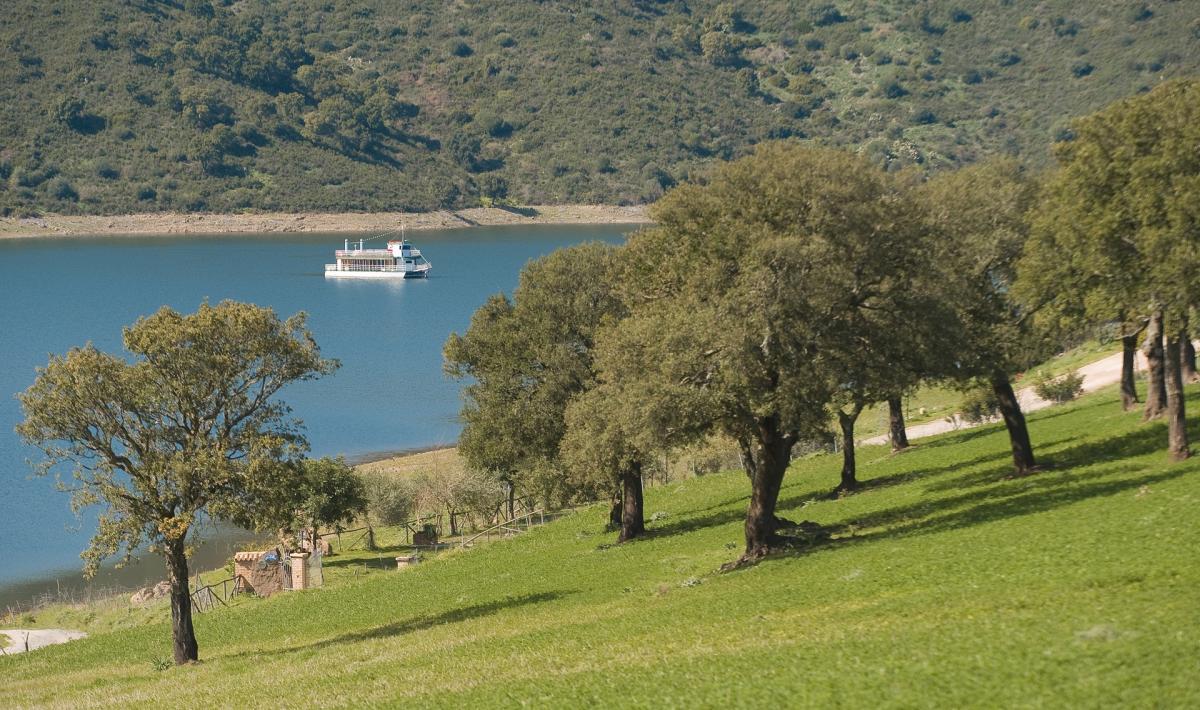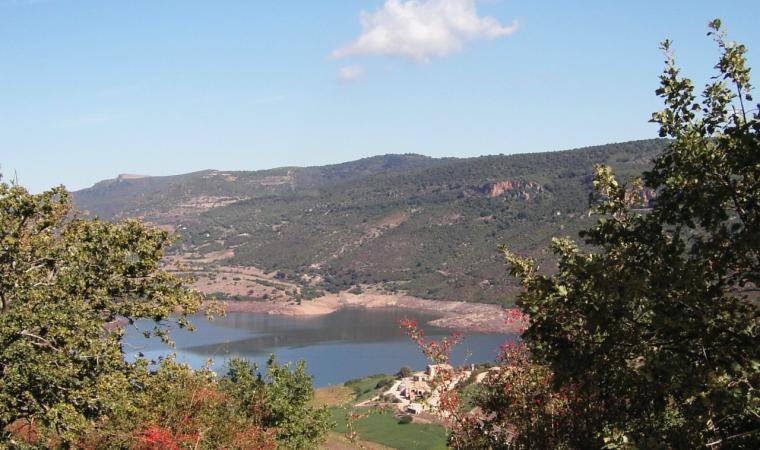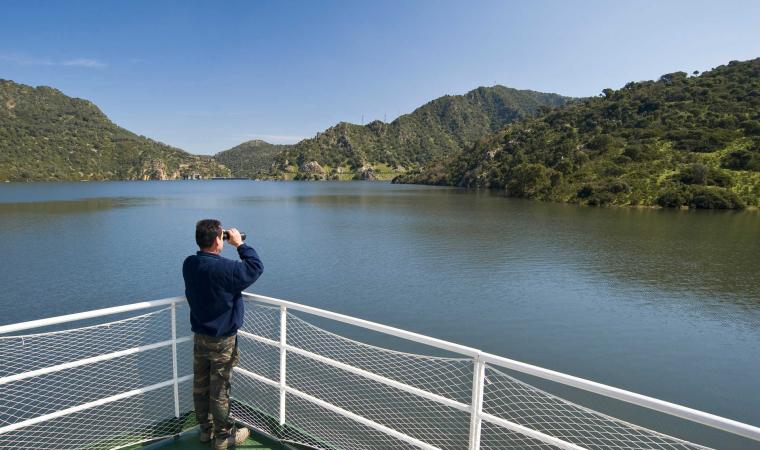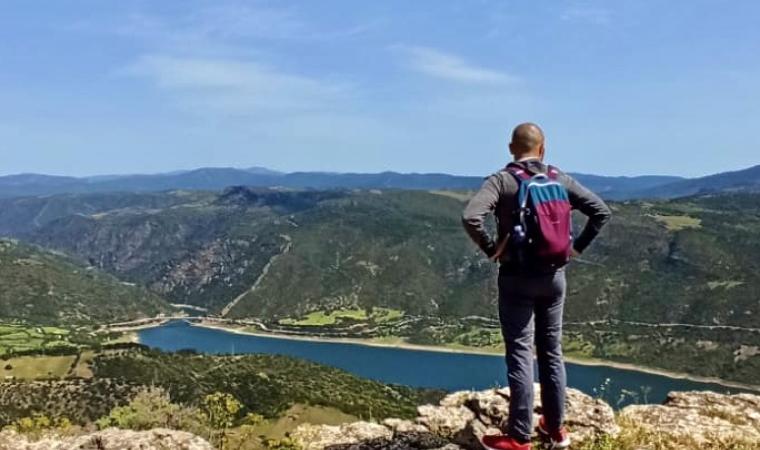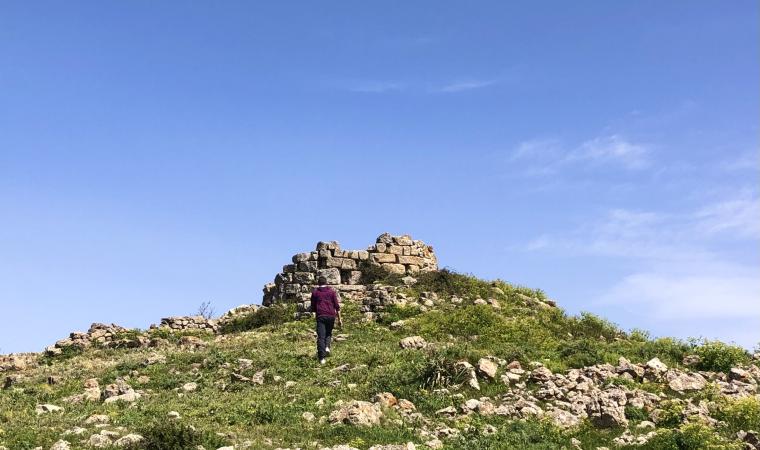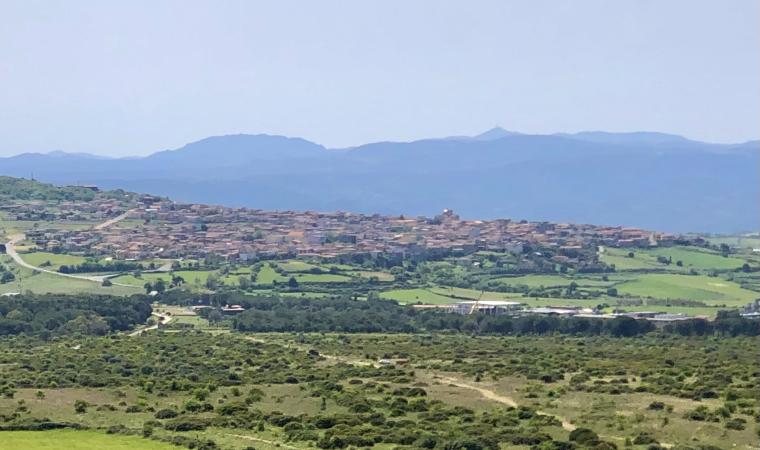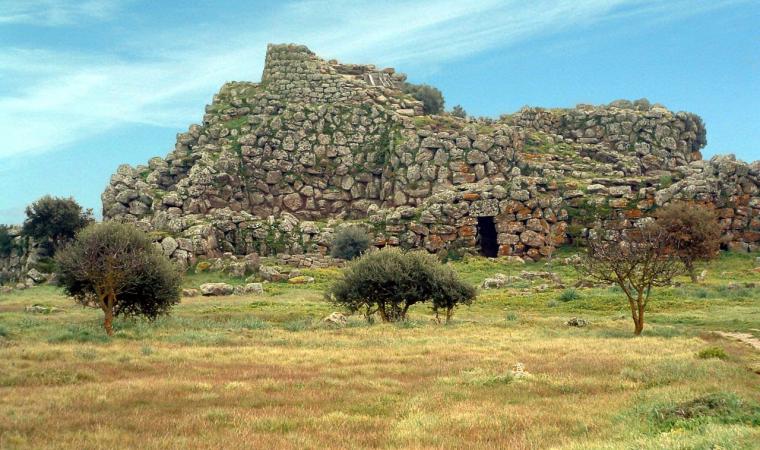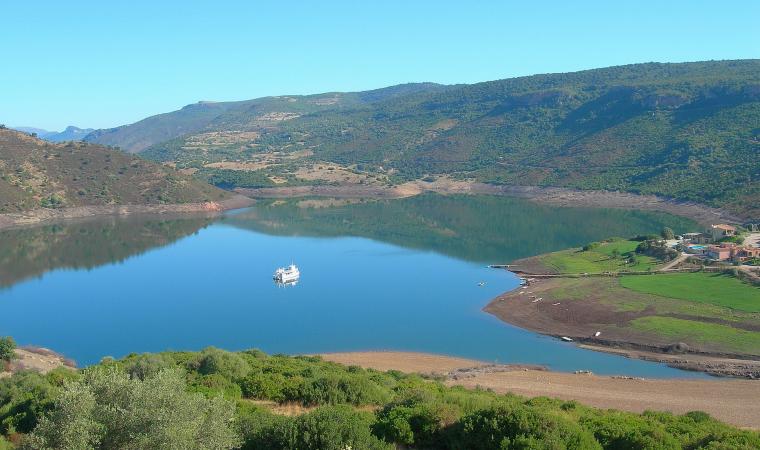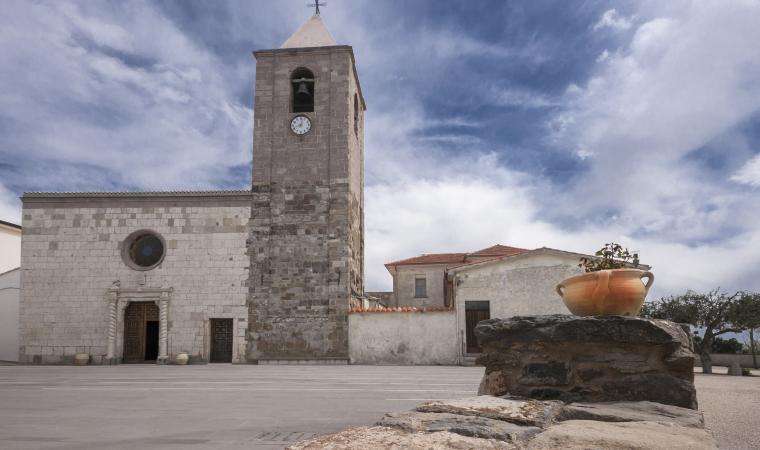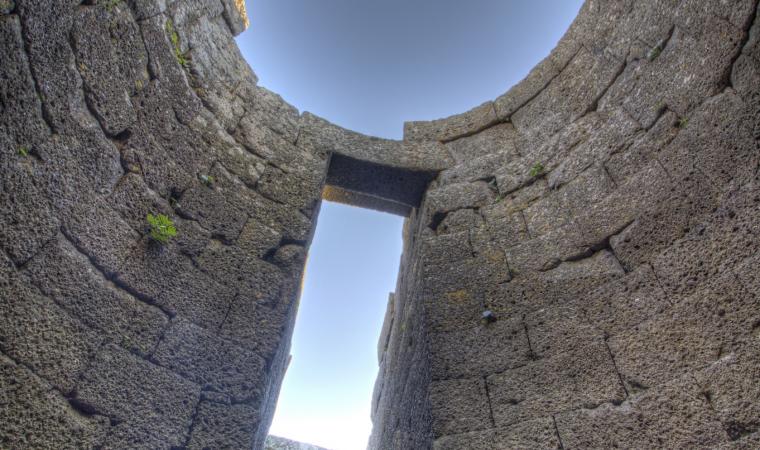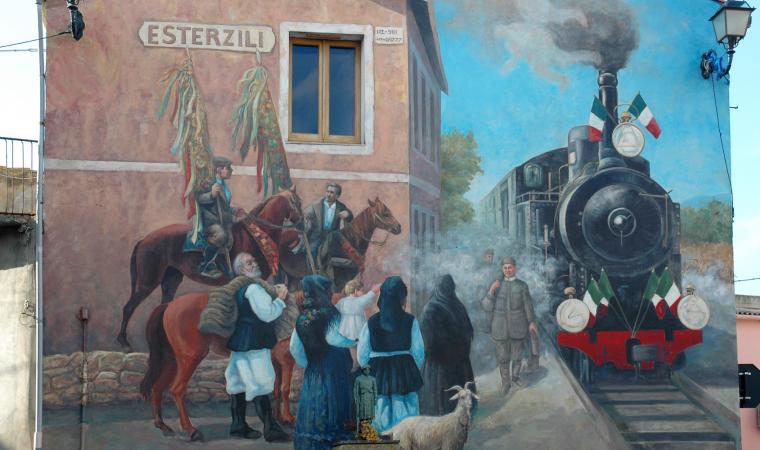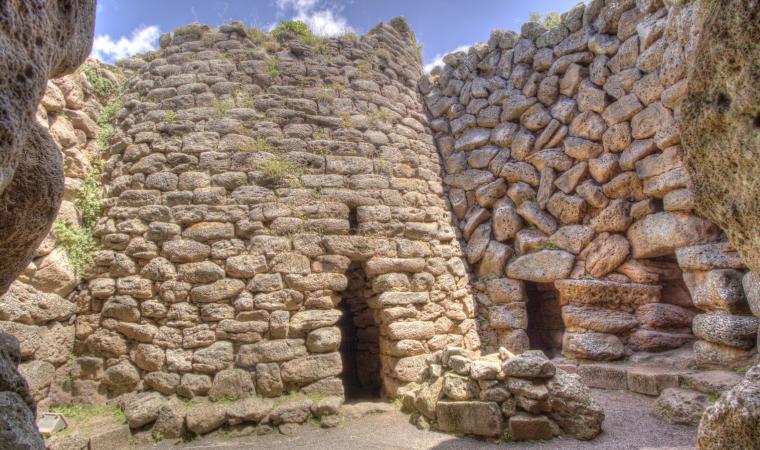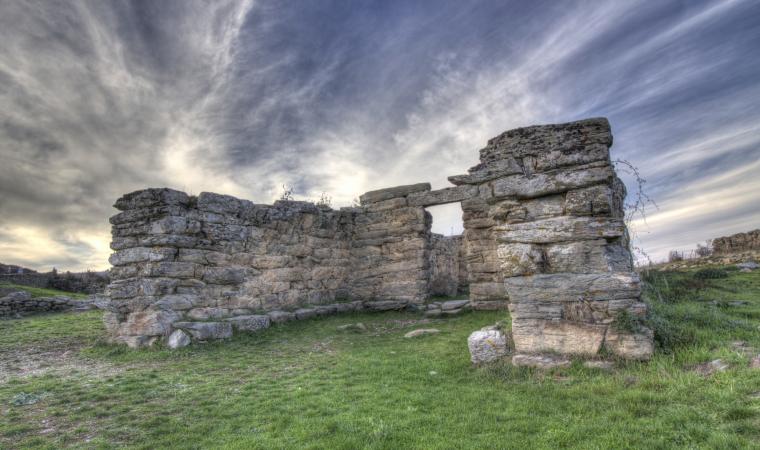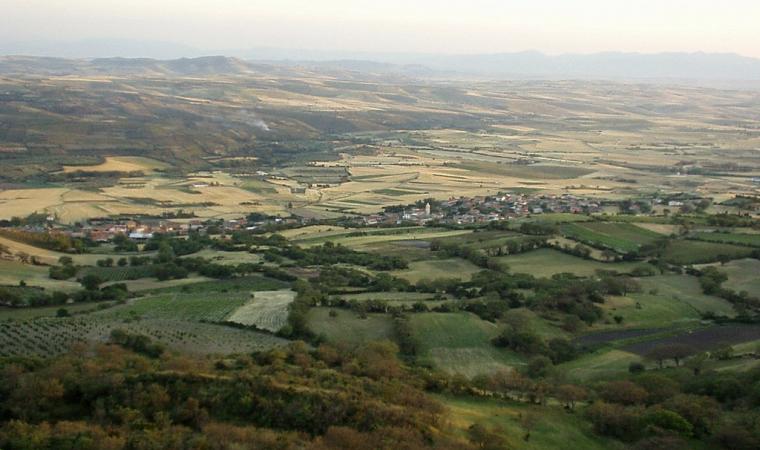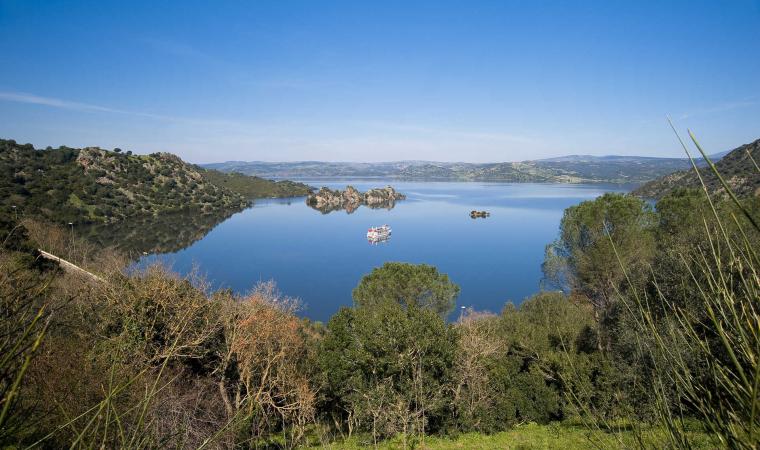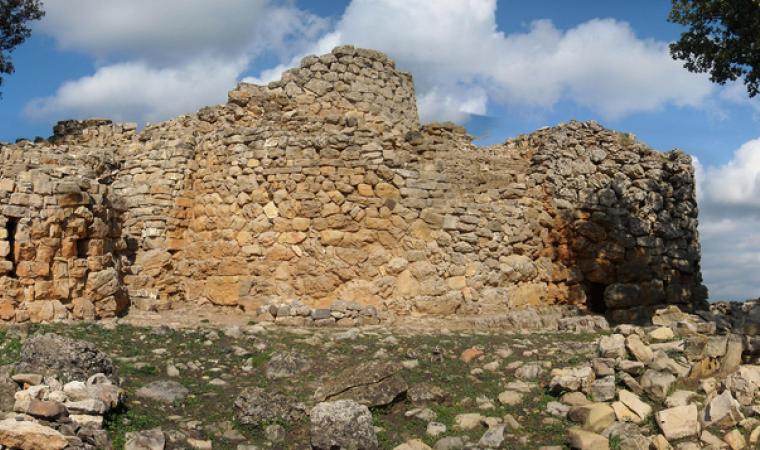It is located at an altitude of 600 metres, on the crest of an extinct volcano, surrounded by hills, some with crop cultivations and others covered in Mediterranean scrub, holm oaks, downy oaks and cork oaks, sloping down to the banks of two artificial basins, Lake Flumendosa and Lake Mulargia. Nurri is an agricultural and pastoral municipality with just over two thousand inhabitants, in the Sarcidano area, an enchanting 'land of lakes' on the border of southern Sardinia, Barbagia and Ogliastra. In the northern outskirts of the village, there is a station of the Trenino Verde tourist railway that leads from Mandas to the Rocce Rosse (Red Rocks) of Tortolì-Arbatax. As well as the evocative tour, travelling in the ancient carriages, from which you will discover hidden corners of Sardinia that have inspired various scholars, you can also take a 'Mississippi-style' boat trip (or canoe) on the lakes. Endless itineraries will take you to the heart of these waters, between lush hills that sink down into the depths of the basins, the habitat of various bird species (heron, duck, mallard and kingfisher) and freshwater fish (carp, perch and rainbow trout) that attract recreational fishing enthusiasts.
The fertile soils have facilitated the cultivation of cereals, wine grapes and olives. Breeding is also an important part of the village's economy: top-quality cheeses are made in Nurri. The cuisine is linked to agricultural and pastoral activities: you will find tradition and simplicity in the tasty first course dishes (fregula, malloreddus and ravioli). Among the artisan products, wooden, iron and stone objects are made: famous examples are the mole sarde, which are traditional Sardinian millstones, and jack-knives. The most important building is the sixteenth-century parish church of San Michele Arcangelo, built in Gothic-Catalan style with a Greek cross layout (later renovated in the 18th century). Elements that stand out are the parvis and the bell tower, which is isolated with respect to the church and adorned with a terracotta portal. Also in the centre, there is the church of Santa Rosa da Viterbo (mid-17th century), annexed to the Capuchin convent. Its façade is made of trachyte blocks of different shades. The saint is celebrated at the beginning of September.
The original nucleus of Nurri emerged around the Nuraghe Sardajara, the ruins of which can still be seen. It is one of the numerous pieces of prehistoric evidence, along with Domus de Janas and other Nuraghi, among which the Corongiu 'e Maria, the Santu Perdu and Su Pitti de is Cangialis, one of the very rare Nuraghi with five towers. The most important evidence of the Roman era is the ancient town of Biora, built to hold back the incursions of the populations of Barbagia. When the water level in Lake Mulargia is low, you will see the remains of a bridge, a connection to Barbagia.

